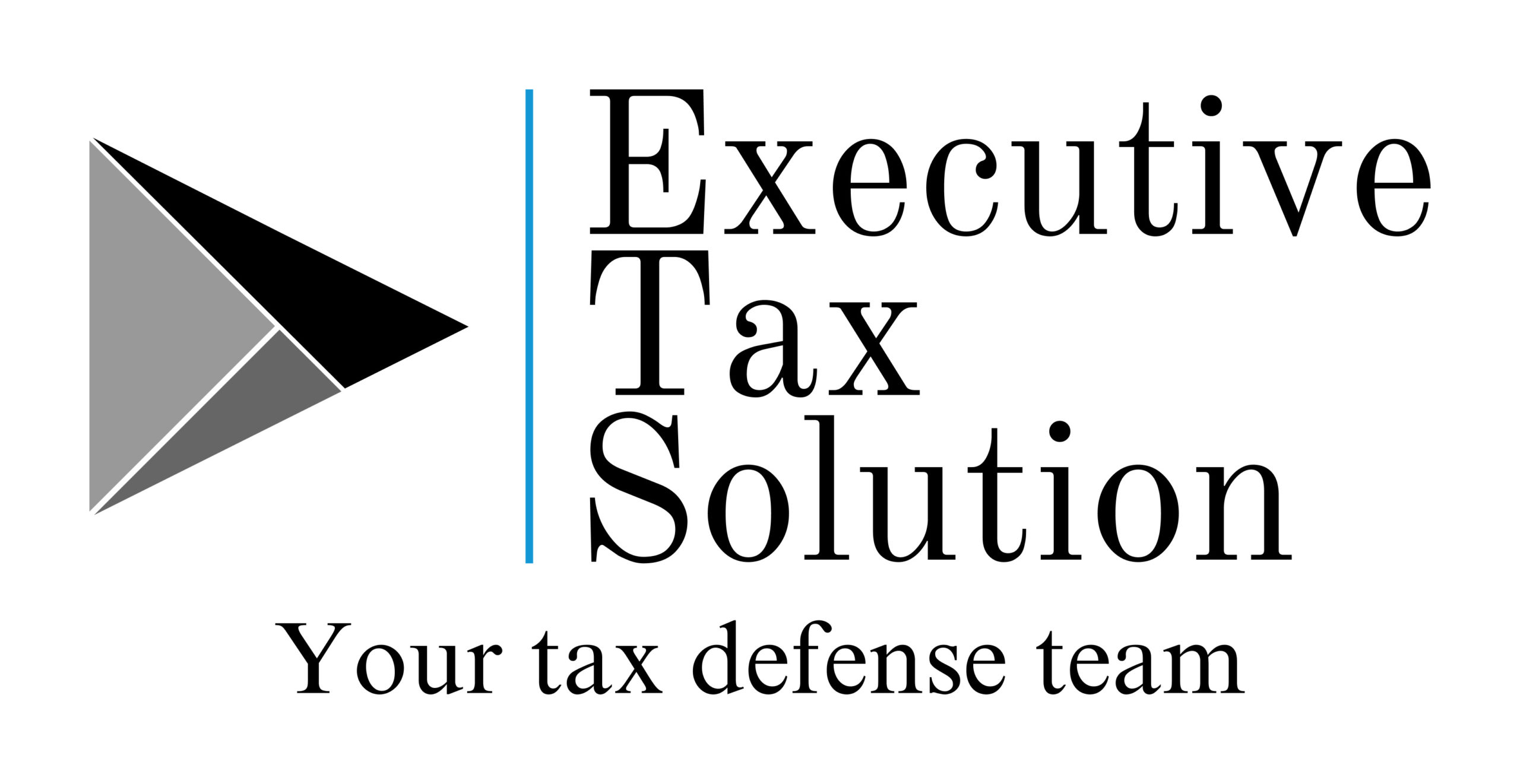Staying on top of relevant tax filing information is a necessary chore each January prior to filing season. Below is a free table for you to reference when filing this year. If you are not doing taxes yourself, make sure your tax professional is aware of this table. At executive Tax Solution, we strive to be on top of all things IRS related at all times.
Exemption Amounts:
Personal and Dependent * N/A
Estate $ 600
Trust Required to Distribute All Income Currently 300
All Other Trusts 100
__________
* Personal and dependent exemptions for individuals
were repealed by TCJA, beginning with 2018.
Standard Deduction Amounts:
Single Individual $ 12,950
Head of Household 19,400
Married Filing Jointly and Surviving Spouses 25,900
Married Filing Separately 12,950
Dependent – Minimum Amount 1,150
Additional Deduction for Blind or Aged 1,400
Additional Deduction for Blind or Aged if
Unmarried and not a Surviving Spouse 1,750
Gross Income Thresholds for Filing Form 1040:
For U.S. Citizens/Residents who are not Dependents –
Single and under 65 $ 12,950
Single and 65 or older 14,700
Married filing jointly, under 65 (both spouses) 25,900
Married filing jointly, 65 or older (one spouse) 27,300
Married filing jointly, 65 or older (both spouses) 28,700
Married filing separately, any age * 0
Head of household, under 65 19,400
Head of household, 65 or older 21,150
Surviving spouse with dependent child, under 65 25,900
Surviving spouse with dependent child, 65 or older 27,300
__________
* Beginning in 2018, under changes made by TCJA, if
either spouse files separately, the other spouse is
required to file a return, without exception.
Per Diem Rates:
High cost localities (10/1/2021 – 9/30/2022) 296
High cost localities (10/1/2022 – 9/30/2023) *
Low cost localities (10/1/2021 – 9/30/2022) 202
Low cost localities (10/1/2022 – 9/30/2023) *
__________
* Amount not yet available.
Standard Mileage Rates:
Cents:
2022 (January 1 – June 30) Business 58.5
Charitable 14
Medical and moving 18
2022 (July 1 – December 31) Business 62.5
Charitable 14
Medical and moving 22
Alternative Minimum Tax Exemption Amounts:
Single Individual 75,900
Head of Household 75,900
Married Filing Jointly and Surviving Spouses 118,100
Married Filing Separately 59,050
Estates and Trusts 26,500
Section 179 Expensing:
Maximum eligible property that can be expensed $1,080,000
Maximum qualified real property that can be
expensed 1,080,000
Threshold at which dollar for dollar reduction
of maximum deduction begins if cost of eligible
property placed in service exceeds threshold 2,700,000
Section 199A(e)(2) Threshold Amount:
Married Filing Jointly 340,100
Married Filing Separately 170,050
All Others 170,050
Retirement and Pension Plan Limitations:
Maximum IRA deductible contribution $ 6,000
Maximum IRA age 50 catch-up contribution 1,000
Maximum 401(k) excludable elective deferrals 20,500
Maximum 401(k) age 50 catch-up contributions 6,500
Maximum SIMPLE elective contributions 14,000
Maximum SIMPLE age 50 catch-up contributions 3,000
Limit on annual additions under defined
contribution plan (applies to SEPs) 61,000
Limit on annual benefit under defined benefit plan 245,000
Limit on annual compensation taken into account
under qualified plans or SEPs 305,000
Compensation threshold for required SEP
participation 650
Compensation threshold for “highly compensated”
employee 135,000
Compensation threshold for “key” employee 200,000
Other Compensation-Related Amounts:
Maximum Social Security Wage Base (OASDI) $147,000
Maximum FUTA Wage Base 7,000
Health Savings Accounts (HSA):
Annual contribution limitation for an individual
with self-only coverage $3,650
Annual contribution limitation for an individual
with family coverage 7,300
Earned Income Credit:
Maximum credit amount – one child $ 3,733
Amount of earned income required for max credit 10,980
Maximum credit amount – two children 6,164
Amount of earned income required for max credit 15,410
Maximum credit amount – three or more children 6,935
Amount of earned income required for max credit 15,410
Maximum credit amount – no children 560
Amount of earned income required for max credit 7,320
Investment Income Limit 10,300
Key Phaseout Ranges
Traditional and Roth IRAs Phaseout Ranges
Traditional IRA
Filing Active Participant
Status in Retirement Plan Roth IRA
Single $ 68,000 – 78,000 $129,000 – 144,000
HOH 68,000 – 78,000 129,000 – 144,000
MFJ* 109,000 – 129,000 204,000 – 214,000
SS/QW 109,000 – 129,000 204,000 – 214,000
MFS 0 – 10,000 0 – 10,000
* The phase-out range is $204,000-$214,000 for a married individual who is not
an active participant in a retirement plan at work and files a joint return
with a spouse who is an active participant.
Education-Related Deductions and Exclusions
Exclusion of U.S.
Savings Bond Interest
Filing Student Loan Used to Pay Qualified
Status Interest Deduction Education Expense
Single $ 70,000 – 85,000 $85,800 – 100,800
HOH $ 70,000 – 85,000 $85,800 – 100,800
MFJ 145,000 – 175,000 128,650 – 158,650
SS/QW $ 70,000 – 85,000 128,650 – 158,650
Earned Income Credit Phaseout Ranges
Filing One Two Three or More
Status Qualifying Child Qualifying Children Qualifying Children
MFJ 26,260 – 49,622 26,260 – 55,529 26,260 – 59,187
Others 20,130 – 43,492 20,130 – 49,399 20,130 – 53,057
No
Qualifying Child
MFJ 15,290 – 22,610
“The last quarterly payment for 2022 is due on January 17, 2023. The Tax Withholding Estimator can help wage earners determine if there is a need to adjust their withholding, consider additional tax payments, or submit a new W-4 form to their employer to avoid an unexpected tax bill when they file.
” Source: https://www.irs.gov/newsroom/get-ready-now-to-file-your-2022-federal-income-tax-returnOthers
If you are part of that segment of the country who insist on filing taxes on your own, but run into a stag while filing, then please visit our sister sight, Tax Support Services and ask for help. We provide tax services via chat for a small fee.
For full tax solution, please set an appointment by clicking here.

